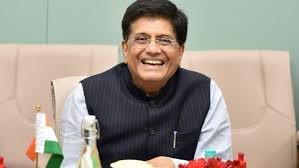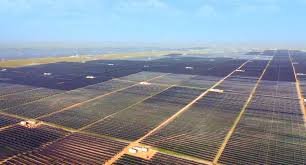Cabinet Approves Rs 3,760 Crore Viability Gap Funding Scheme for 4 GW Battery Storage by 2030-31
The Union Cabinet has given its nod to a significant move aimed at boosting India’s renewable energy sector. The approval for a Viability Gap Funding (VGF) scheme of Rs 3,760 Crore for the establishment of 4 Gigawatts (GW) of grid-connected battery storage projects by 2030-31 marks a crucial step in the country’s transition towards cleaner energy solutions.

Why this News is Important
Boosting Renewable Energy Infrastructure
The decision to allocate VGF for battery storage projects is pivotal for India’s energy sector. Battery storage is integral to optimizing renewable energy utilization, as it helps store excess energy generated from renewable sources like solar and wind. This stored energy can be used during periods of low generation, ensuring a consistent power supply, even when the sun isn’t shining or the wind isn’t blowing.
Reducing Dependency on Fossil Fuels
By promoting battery storage, the government aims to reduce its dependency on fossil fuels and decrease greenhouse gas emissions. This aligns with India’s commitments to combat climate change and move towards a greener and more sustainable energy future.
Historical Context
In recent years, India has made significant strides in the renewable energy sector, with a focus on solar and wind power. However, the intermittent nature of these sources necessitates effective energy storage solutions. Battery storage projects have gained prominence globally as a means to address this challenge and improve the reliability of renewable energy.
Key Takeaways from This News
| Serial Number | Key Takeaway |
|---|---|
| 1 | The Union Cabinet approved a Rs 3,760 Crore VGF scheme for 4 GW battery storage projects by 2030-31. |
| 2 | Battery storage is crucial for optimizing renewable energy usage and ensuring a stable power supply. |
| 3 | This decision aligns with India’s commitment to reducing fossil fuel dependency and mitigating climate change. |
| 4 | Energy security is enhanced through battery storage, benefiting sectors such as defense, railways, and civil services. |
| 5 | India’s focus on renewable energy and energy storage reflects its commitment to a greener and more sustainable future. |
Important FAQs for Students from this News
Q: What is Viability Gap Funding (VGF)?
A: Viability Gap Funding (VGF) is a financial support mechanism provided by the government to make infrastructure projects financially viable, particularly in sectors like renewable energy.
Q: How will the 4 GW battery storage projects benefit India’s energy sector?
A: These projects will help store excess energy from renewable sources, ensuring a stable power supply even during low generation periods.
Q: What is the significance of reducing dependency on fossil fuels?
A: Reducing dependency on fossil fuels aligns with environmental goals, reduces greenhouse gas emissions, and contributes to a cleaner and sustainable energy future.
Q: How does battery storage enhance energy security?
A: Battery storage provides a buffer against grid disruptions, ensuring uninterrupted power supply, which is essential for sectors like defense and civil services.
Q: How does this decision support India’s commitment to combat climate change?
A: By promoting renewable energy and energy storage, India reduces its carbon footprint and demonstrates a commitment to mitigating climate change.
Some Important Current Affairs Links

















